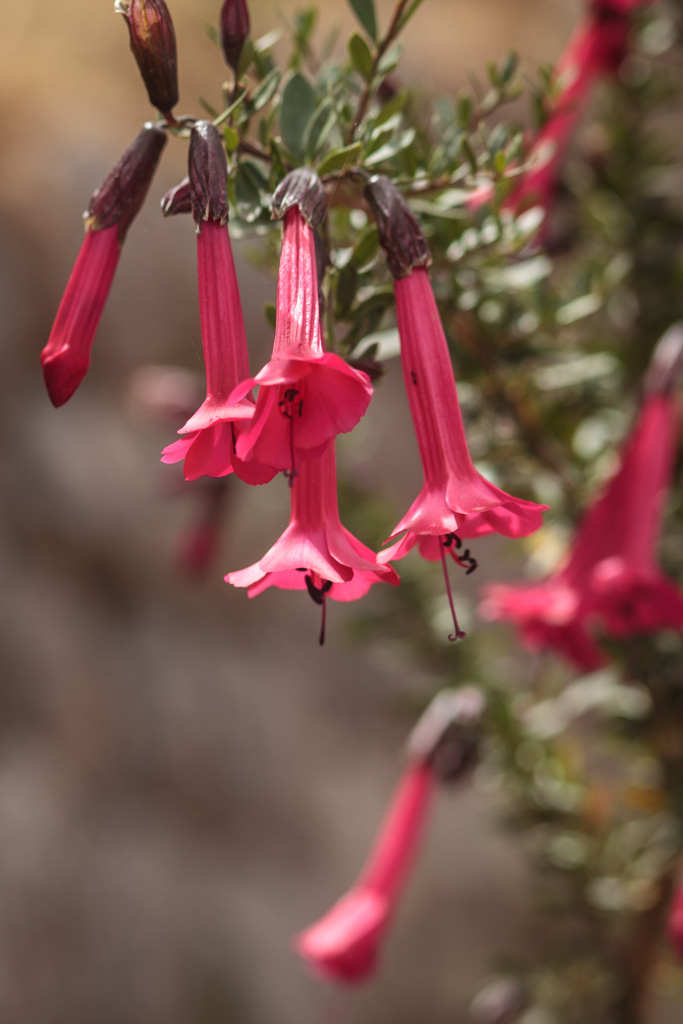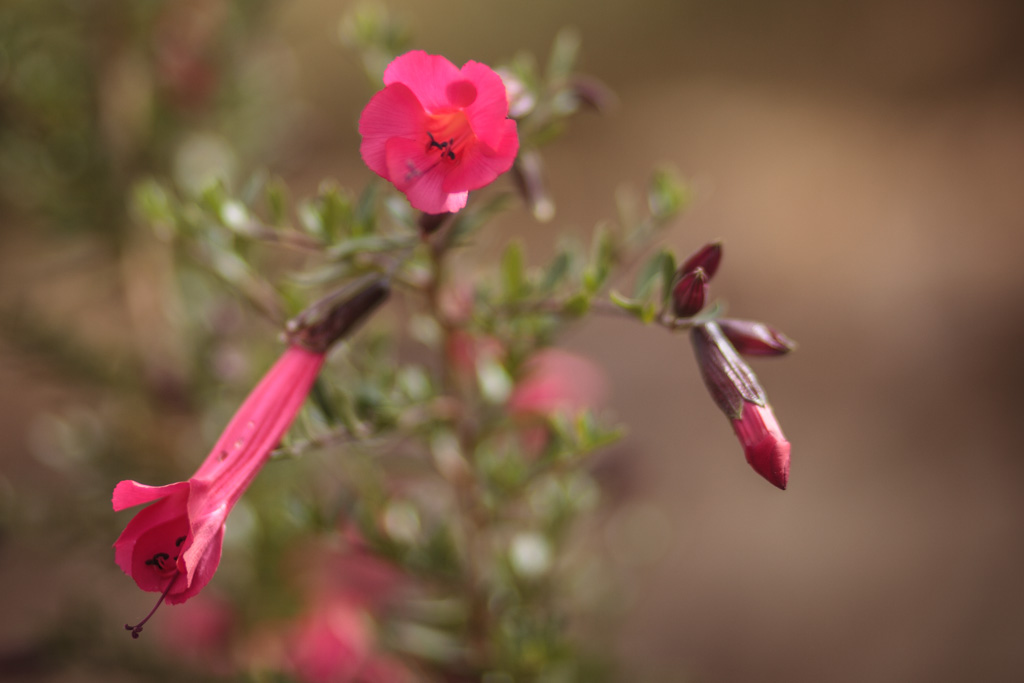
The sacred flower of the Incas is called cantuta, although in Cuzco people know it more by its Quechua name, qantu. It is native to the Andes of Peru and Bolivia between 1200 meters above sea level and 3800. It is said that the Incas found in it sacred essences that made water stay pure longer.
The plant is a kind of small branchy, bush that stands two to three meters high. Its flower comes in the form of an elongated bell. You can find it in white, yellow, pink, and intense red.
People say the flower was a colorful beauty that left the Incas amazed. They promoted its cultivation throughout Tawantinsuyo, the Inca Empire. They dedicated it to the Sun, their god. In this way it became known as the sacred flower of the Incas.
[mnky_ads id=”28246″]
It is also considered a ceremonial flower. It is said that when ever the Inca participated in a ritual or ceremony his path was adorned with these flowers like a carpet as a sign of respect. The cantuta flower was also used in the warachicuy, the great ritual of coming of age. It adorned the foreheads of the youth who had to undergo tests of bravery and physical resistance in order to pass into adulthood and become considered warriors.
The use of the cantuta continued after the end of the Inca Empire. In the beginning of the twentieth century the flower was commonly used for funeral ceremonies. People had the belief that the dead during their journey to the other world could calm their thirst by drinking the nectar that the flower has inside.


The inhabitants of the high plateau, the altiplano, in the nearby state of Puno and continuing into Bolivia, made necklaces of cantutas that they would hang on their doorways as a symbol of hospitality and welcome for visitors. Today the women of the islands in Lake Titicaca who are single maintain the tradition of wearing a cap that takes the form of a cantuta flower. In this way, during the various celebrations the youths have no trouble figuring out who are the young, unmarried women they can court.
It is really surprising to see how these customs are transmitted from the past and conserved even in our days. In this case I am referring to the veneration of the Apus, the sacred mountains to who we pay devotion by placing cantuta flowers on their slopes as a sign of respect and appreciation.

From the days of our ancestors, the cantuta has had a very important role in the life of Cuzco’s people and our neighbors. Nowadays it is the national flower of both Bolivia and Peru.
Besides this it is used for colorful ornamentation. Its thin branches are used to make baskets and from its leaves is obtained a yellow dye. The cantuta also is said to have medicinal properties. People say it fights diarrhea when its stem of leaves are taken as infusions, as well as cough, jaundice, and inflammation of the eyes.
The cantuta continues as an integral part of our beautiful landscape and, like so many other things of beauty, has lots of meaning and gives us pragmatic benefits.






The kantuta with the 3 colors of the Bolivian flag,is one of our 2 national flowers ,the other is the Patuju that grows in the Amazon.
It has been since the Republic of Bolivia exists.